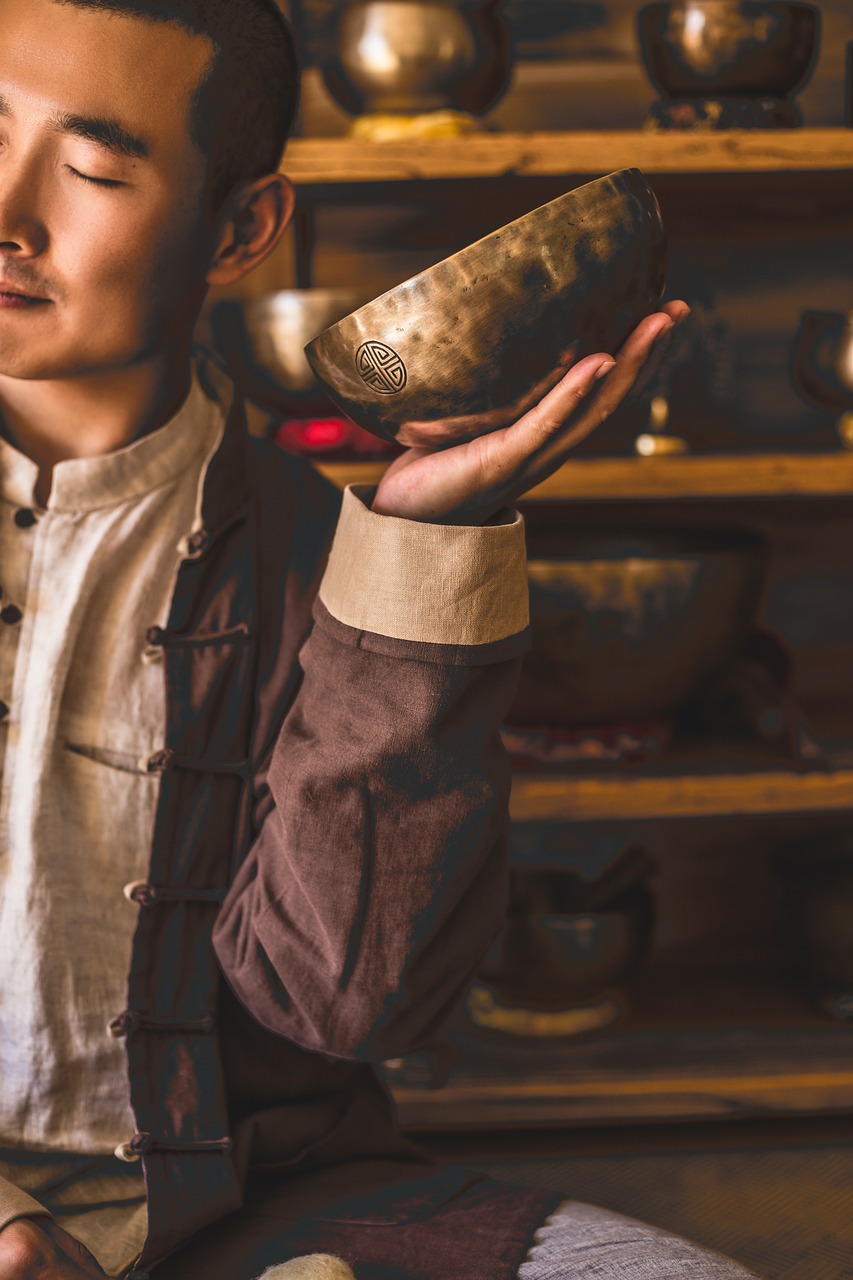Eir: The Goddess of Healing
Eir, whose name translates to “Help” or “Mercy,” holds a significant place in Norse mythology. She is recognized as one of the servants of Frigg and is also among the Valkyries serving Óðin. The Prose Edda, Poetic Edda, and Svipdagsmal contain references to her, and she appears in both skaldic poetry and runic inscriptions. Eir’s domain is that of childbirth and healing, showcasing her vital role in the pantheon.
As a Valkyrie, Eir did not partake in the selection of the fallen; instead, her focus was on those who would recover and regain health. This unique position associates her with the Norns, who determine fate. While Snorri’s writings do not explicitly categorize her among the Asunjar, he acknowledges her as one of the most significant goddesses.
Curiously, Eir’s name often serves as a kenning for “woman” or “women,” reflecting the rich connection women held with healing practices in early Heathen society. Traditionally, rituals invoking Eir would utilize a white flower known as the Eirflower, and she is linked to copper, an important element in healing customs.
In the Poetic Edda, Eir is depicted alongside Menglöð, a gentle jötunn, with both being called upon for healing. There is speculation that Menglöð might embody aspects of Frigg or Eir, or perhaps represent a unique healing goddess among the jötnar.
Mythologically, Eir is connected to Lyfjaberg, a sacred hill where she convenes with numerous healing spirits. Some narratives describe her as the protector of Menglöð’s castle situated atop this mountain, where other maidens of healing—like Hlif, Hlifthursa, Thiodvarta, Biort, Blid, Blidr, Frid, and Orboda—were honored during annual blóts to ward off illness within the community.
In skaldic poetry, Eir is frequently associated with Vár, another handmaiden of Frigg, who is the deity overseeing the sanctity of marriage vows and laws conducive to women and families.
Reflections on Eir
Eir is often included among the Asujnur, the chief goddesses of the Æsir, due to her service to both Frigg and Óðin, along with her healing influence. Modern Heathens revere her, despite there being other deities also called upon for healing purposes. Eir remains the primary figure in healing practices within the Northern tradition.
Historically, before the advent of male-dominated medical frameworks in Europe, women in Norse and Germanic cultures primarily held the role of healers. The Sagas mention male healers, but during the pagan era, healing was predominantly women’s work, with men acting as nurses or assistants.
Proto-Heathen healing practices encompassed various methods, including prayers, magic, advanced midwifery, surgery, herbalism, home remedies, the use of copper bracelets, and detoxification through sauna methods. Eir bears similarities to the Greek goddess Hygieia and may also be linked to Erecura, a Swiss goddess recognized by the Celts as Aerucura.
Symbols and Associations
Eir is associated with various symbols, such as mortars and pestles, healing instruments, bandages, saunas, healing herbs, home remedies, folk medicine, copper, the color red, and hilltops.
Associated Names
Eir is also known through several variants, including Iaer, Aer, Eira, Eria, Eyra, and Eil.



